Table 1. Device summary
1 Introduction
2 Description
2.1 Device overview
Table 2. STM32F103xC, STM32F103xD and STM32F103xE features and peripheral counts
Figure 1. STM32F103xC, STM32F103xD and STM32F103xE performance line block diagram
Figure 2. Clock tree
2.2 Full compatibility throughout the family
Table 3. STM32F103xx family
2.3 Overview
2.3.1 ARM® Cortex™-M3 core with embedded Flash and SRAM
2.3.2 Embedded Flash memory
2.3.3 CRC (cyclic redundancy check) calculation unit
2.3.4 Embedded SRAM
2.3.5 FSMC (flexible static memory controller)
2.3.6 LCD parallel interface
2.3.7 Nested vectored interrupt controller (NVIC)
2.3.8 External interrupt/event controller (EXTI)
2.3.9 Clocks and startup
2.3.10 Boot modes
2.3.11 Power supply schemes
2.3.12 Power supply supervisor
2.3.13 Voltage regulator
2.3.14 Low-power modes
2.3.15 DMA
2.3.16 RTC (real-time clock) and backup registers
2.3.17 Timers and watchdogs
Table 4. High-density timer feature comparison
2.3.18 I²C bus
2.3.19 Universal synchronous/asynchronous receiver transmitters (USARTs)
2.3.20 Serial peripheral interface (SPI)
2.3.21 Inter-integrated sound (I2S)
2.3.22 SDIO
2.3.23 Controller area network (CAN)
2.3.24 Universal serial bus (USB)
2.3.25 GPIOs (general-purpose inputs/outputs)
2.3.26 ADC (analog to digital converter)
2.3.27 DAC (digital-to-analog converter)
2.3.28 Temperature sensor
2.3.29 Serial wire JTAG debug port (SWJ-DP)
2.3.30 Embedded Trace Macrocell™
3 Pinouts and pin descriptions
Figure 3. STM32F103xC and STM32F103xE performance line BGA144 ballout
Figure 4. STM32F103xC and STM32F103xE performance line BGA100 ballout
Figure 5. STM32F103xC and STM32F103xE performance line LQFP144 pinout
Figure 6. STM32F103xC and STM32F103xE performance line LQFP100 pinout
Figure 7. STM32F103xC and STM32F103xE performance line LQFP64 pinout
Figure 8. STM32F103xC and STM32F103xE performance line WLCSP64 ballout, ball side
Table 5. High-density STM32F103xx pin definitions
Table 6. FSMC pin definition
4 Memory mapping
Figure 9. Memory map
5 Electrical characteristics
5.1 Parameter conditions
5.1.1 Minimum and maximum values
5.1.2 Typical values
5.1.3 Typical curves
5.1.4 Loading capacitor
5.1.5 Pin input voltage
Figure 10. Pin loading conditions
Figure 11. Pin input voltage
5.1.6 Power supply scheme
Figure 12. Power supply scheme
5.1.7 Current consumption measurement
Figure 13. Current consumption measurement scheme
5.2 Absolute maximum ratings
Table 7. Voltage characteristics
Table 8. Current characteristics
Table 9. Thermal characteristics
5.3 Operating conditions
5.3.1 General operating conditions
Table 10. General operating conditions
5.3.2 Operating conditions at power-up / power-down
Table 11. Operating conditions at power-up / power-down
5.3.3 Embedded reset and power control block characteristics
Table 12. Embedded reset and power control block characteristics
5.3.4 Embedded reference voltage
Table 13. Embedded internal reference voltage
5.3.5 Supply current characteristics
Table 14. Maximum current consumption in Run mode, code with data processing running from Flash
Table 15. Maximum current consumption in Run mode, code with data processing running from RAM
Figure 14. Typical current consumption in Run mode versus frequency (at 3.6 V) - code with data processing running from RAM, peripherals enabled
Figure 15. Typical current consumption in Run mode versus frequency (at 3.6 V) - code with data processing running from RAM, peripherals disabled
Table 16. Maximum current consumption in Sleep mode, code running from Flash or RAM
Table 17. Typical and maximum current consumptions in Stop and Standby modes
Figure 16. Typical current consumption on VBAT with RTC on vs. temperature at different VBAT values
Figure 17. Typical current consumption in Stop mode with regulator in run mode versus temperature at different VDD values
Figure 18. Typical current consumption in Stop mode with regulator in low-power mode versus temperature at different VDD values
Figure 19. Typical current consumption in Standby mode versus temperature at different VDD values
Table 18. Typical current consumption in Run mode, code with data processing running from Flash
Table 19. Typical current consumption in Sleep mode, coderunning from Flash or RAM
Table 20. Peripheral current consumption
5.3.6 External clock source characteristics
Table 21. High-speed external user clock characteristics
Table 22. Low-speed external user clock characteristics
Figure 20. High-speed external clock source AC timing diagram
Figure 21. Low-speed external clock source AC timing diagram
Table 23. HSE 4-16 MHz oscillator characteristics
Figure 22. Typical application with an 8 MHz crystal
Table 24. LSE oscillator characteristics (fLSE = 32.768 kHz)
Figure 23. Typical application with a 32.768 kHz crystal
5.3.7 Internal clock source characteristics
Table 25. HSI oscillator characteristics
Table 26. LSI oscillator characteristics
Table 27. Low-power mode wakeup timings
5.3.8 PLL characteristics
Table 28. PLL characteristics
5.3.9 Memory characteristics
Table 29. Flash memory characteristics
Table 30. Flash memory endurance and data retention
5.3.10 FSMC characteristics
Figure 24. Asynchronous non-multiplexed SRAM/PSRAM/NOR read waveforms
Table 31. Asynchronous non-multiplexed SRAM/PSRAM/NOR read timings
Figure 25. Asynchronous non-multiplexed SRAM/PSRAM/NOR write waveforms
Table 32. Asynchronous non-multiplexed SRAM/PSRAM/NOR write timings
Figure 26. Asynchronous multiplexed PSRAM/NOR read waveforms
Table 33. Asynchronous multiplexed PSRAM/NOR read timings
Figure 27. Asynchronous multiplexed PSRAM/NOR write waveforms
Table 34. Asynchronous multiplexed PSRAM/NOR write timings
Figure 28. Synchronous multiplexed NOR/PSRAM read timings
Table 35. Synchronous multiplexed NOR/PSRAM read timings
Figure 29. Synchronous multiplexed PSRAM write timings
Table 36. Synchronous multiplexed PSRAM write timings
Figure 30. Synchronous non-multiplexed NOR/PSRAM read timings
Table 37. Synchronous non-multiplexed NOR/PSRAM read timings
Figure 31. Synchronous non-multiplexed PSRAM write timings
Table 38. Synchronous non-multiplexed PSRAM write timings
Figure 32. PC Card/CompactFlash controller waveforms for common memory read access
Figure 33. PC Card/CompactFlash controller waveforms for common memory write access
Figure 34. PC Card/CompactFlash controller waveforms for attribute memory read access
Figure 35. PC Card/CompactFlash controller waveforms for attribute memory write access
Figure 36. PC Card/CompactFlash controller waveforms for I/O space read access
Figure 37. PC Card/CompactFlash controller waveforms for I/O space write access
Table 39. Switching characteristics for PC Card/CF read and write cycles
Figure 38. NAND controller waveforms for read access
Figure 39. NAND controller waveforms for write access
Figure 40. NAND controller waveforms for common memory read access
Figure 41. NAND controller waveforms for common memory write access
Table 40. Switching characteristics for NAND Flash read and write cycles
5.3.11 EMC characteristics
Table 41. EMS characteristics
Table 42. EMI characteristics
5.3.12 Absolute maximum ratings (electrical sensitivity)
Table 43. ESD absolute maximum ratings
Table 44. Electrical sensitivities
5.3.13 I/O port characteristics
Table 45. I/O static characteristics
Table 46. Output voltage characteristics
Table 47. I/O AC characteristics
Figure 42. I/O AC characteristics definition
5.3.14 NRST pin characteristics
Table 48. NRST pin characteristics
Figure 43. Recommended NRST pin protection
5.3.15 TIM timer characteristics
Table 49. TIMx characteristics
5.3.16 Communications interfaces
Table 50. I2C characteristics
Figure 44. I2C bus AC waveforms and measurement circuit
Table 51. SCL frequency (fPCLK1= 36 MHz.,VDD = 3.3 V)
Table 52. SPI characteristics
Figure 45. SPI timing diagram - slave mode and CPHA = 0
Figure 46. SPI timing diagram - slave mode and CPHA = 1(1)
Figure 47. SPI timing diagram - master mode(1)
Table 53. I2S characteristics
Figure 48. I2S slave timing diagram (Philips protocol)(1)
Figure 49. I2S master timing diagram (Philips protocol)(1)
Figure 50. SDIO high-speed mode
Figure 51. SD default mode
Table 54. SD / MMC characteristics
Table 55. USB startup time
Table 56. USB DC electrical characteristics
Figure 52. USB timings: definition of data signal rise and fall time
Table 57. USB: full-speed electrical characteristics
5.3.17 CAN (controller area network) interface
5.3.18 12-bit ADC characteristics
Table 58. ADC characteristics
Table 59. RAIN max for fADC = 14 MHz
Table 60. ADC accuracy - limited test conditions
Table 61. ADC accuracy
Figure 53. ADC accuracy characteristics
Figure 54. Typical connection diagram using the ADC
Figure 55. Power supply and reference decoupling (VREF+ not connected to VDDA)
Figure 56. Power supply and reference decoupling (VREF+ connected to VDDA)
5.3.19 DAC electrical specifications
Table 62. DAC characteristics
Figure 57. 12-bit buffered /non-buffered DAC
5.3.20 Temperature sensor characteristics
Table 63. TS characteristics
6 Package characteristics
6.1 Package mechanical data
Figure 58. Recommended PCB design rules (0.80/0.75 mm pitch BGA)
Figure 59. LFBGA144 – 144-ball low profile fine pitch ball grid array, 10 x 10 mm, 0.8 mm pitch, package outline
Table 64. LFBGA144 – 144-ball low profile fine pitch ball grid array, 10 x 10 mm, 0.8 mm pitch, package data
Figure 60. LFBGA100 - 10 x 10 mm low profile fine pitch ball grid array package outline
Table 65. LFBGA100 - 10 x 10 mm low profile fine pitch ball grid array package mechanical data
Figure 61. WLCSP, 64-ball 4.466 × 4.395 mm, 0.500 mm pitch, wafer-level chip-scale package outline
Table 66. WLCSP, 64-ball 4.466 × 4.395 mm, 0.500 mm pitch, wafer-level chip-scale package mechanical data
Figure 62. Recommended PCB design rules (0.5 mm pitch BGA)
Figure 63. LQFP144, 20 x 20 mm, 144-pin low-profile quad flat package outline
Figure 64. Recommended footprint(1)
Table 67. LQFP144, 20 x 20 mm, 144-pin low-profile quad flat package mechanical data
Figure 65. LQFP100, 14 x 14 mm 100-pin low-profile quad flat package outline
Figure 66. Recommended footprint(1)
Table 68. LQPF100 – 14 x 14 mm 100-pin low-profile quad flat package mechanical data
Figure 67. LQFP64 – 10 x 10 mm 64 pin low-profile quad flat package outline
Figure 68. Recommended footprint(1)
Table 69. LQFP64 – 10 x 10 mm 64 pin low-profile quad flat package mechanical data
6.2 Thermal characteristics
Table 70. Package thermal characteristics
6.2.1 Reference document
6.2.2 Selecting the product temperature range
Figure 69. LQFP100 PD max vs. TA
7 Part numbering
Table 71. Ordering information scheme
8 Revision history
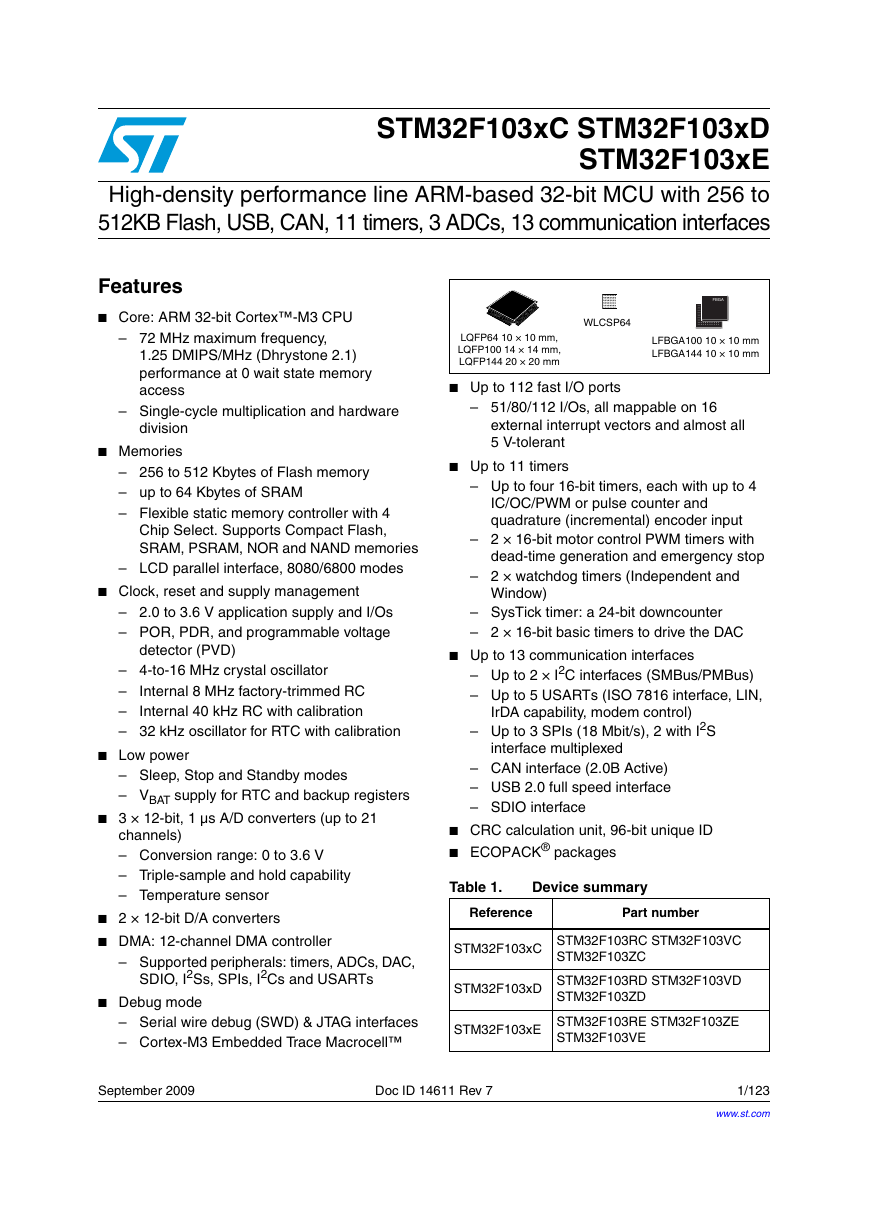
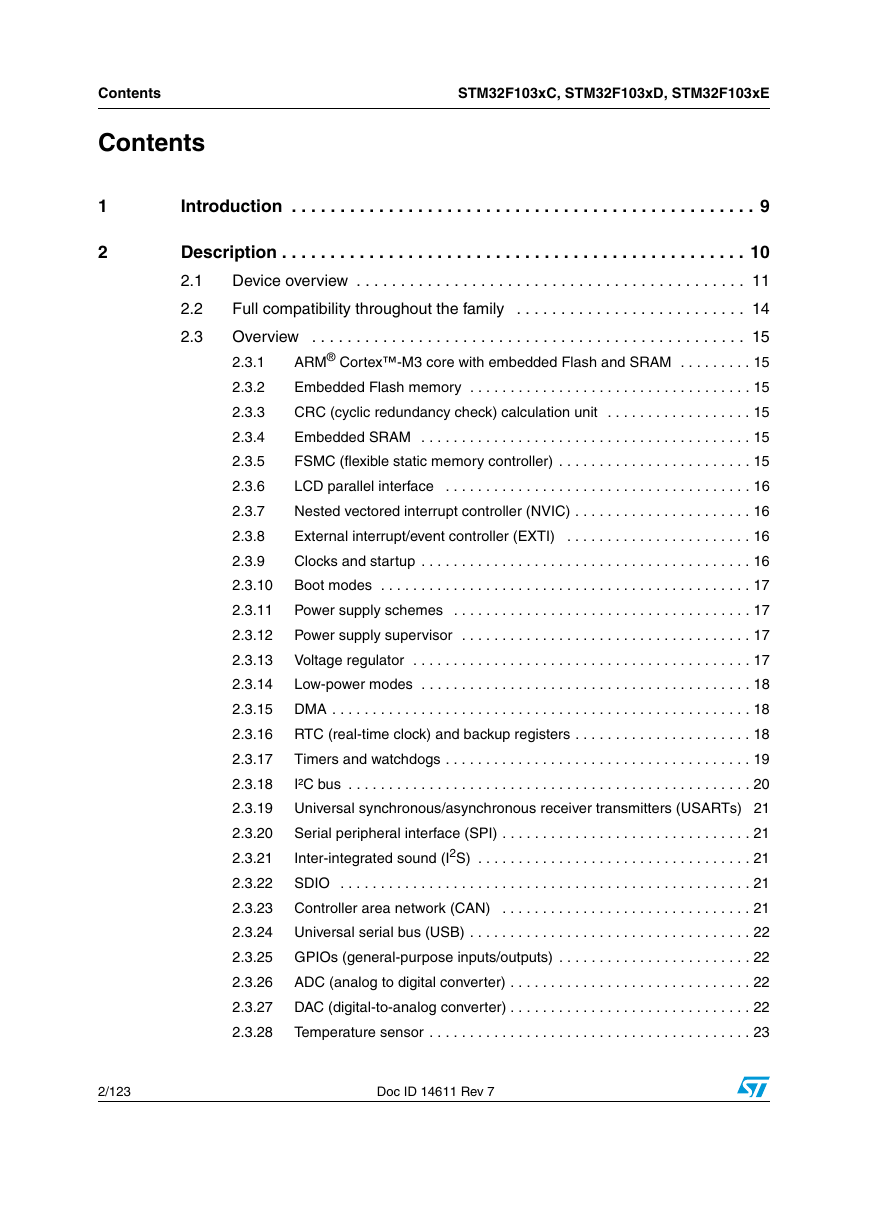

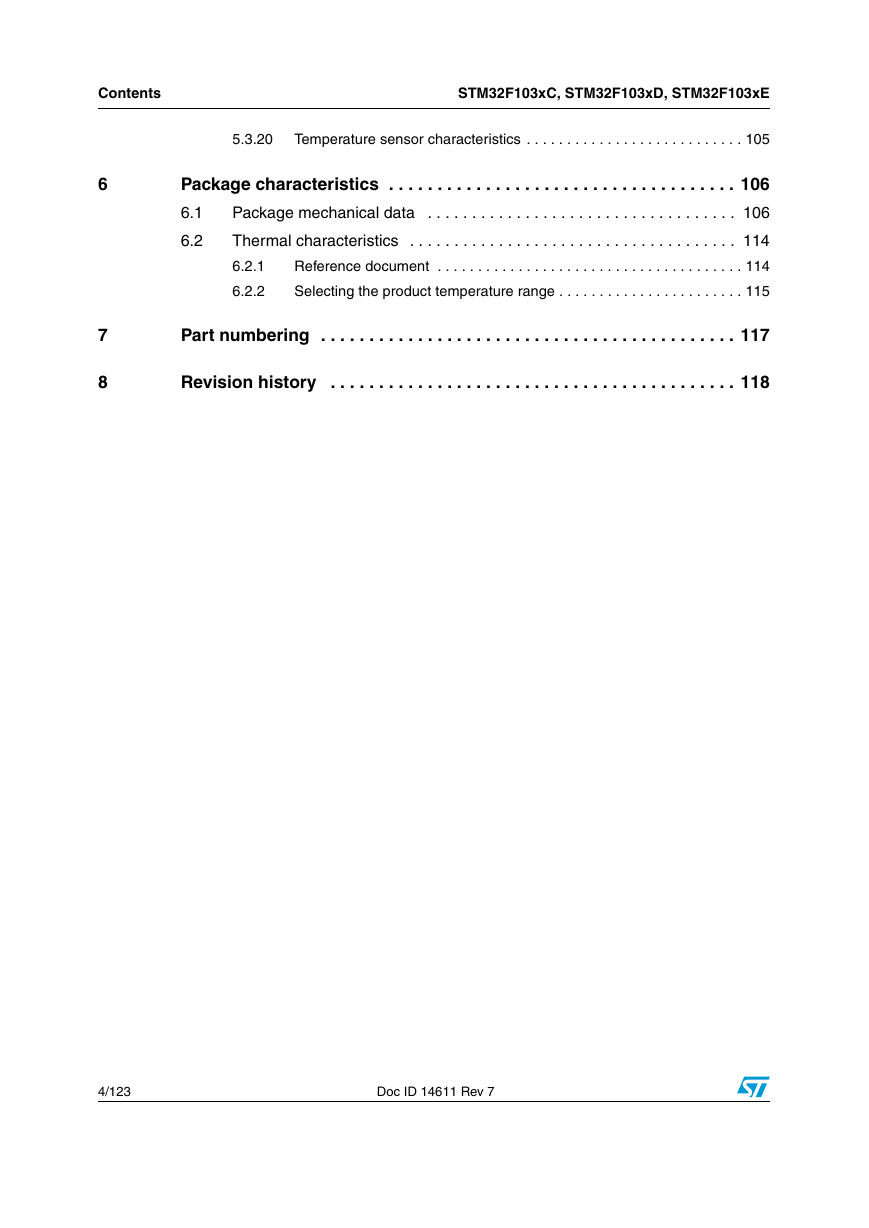
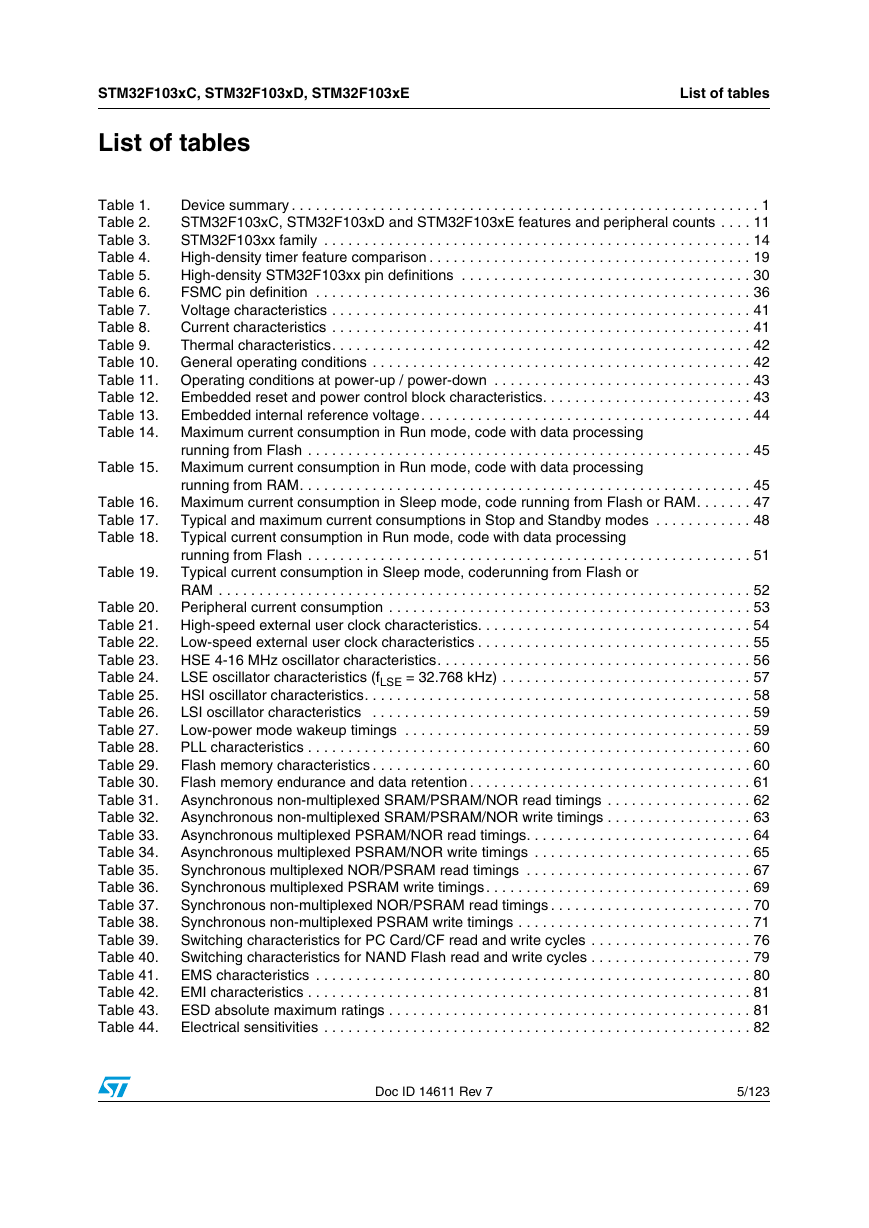
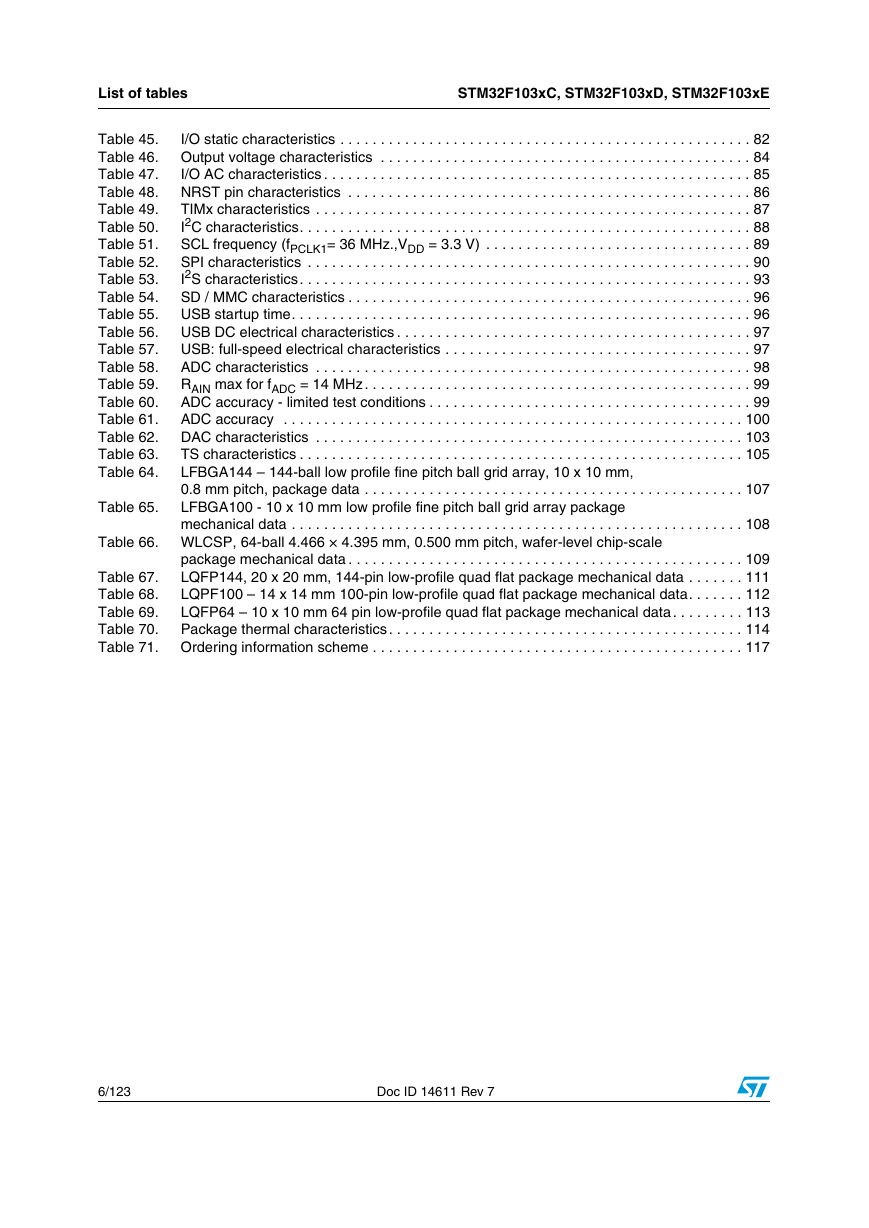
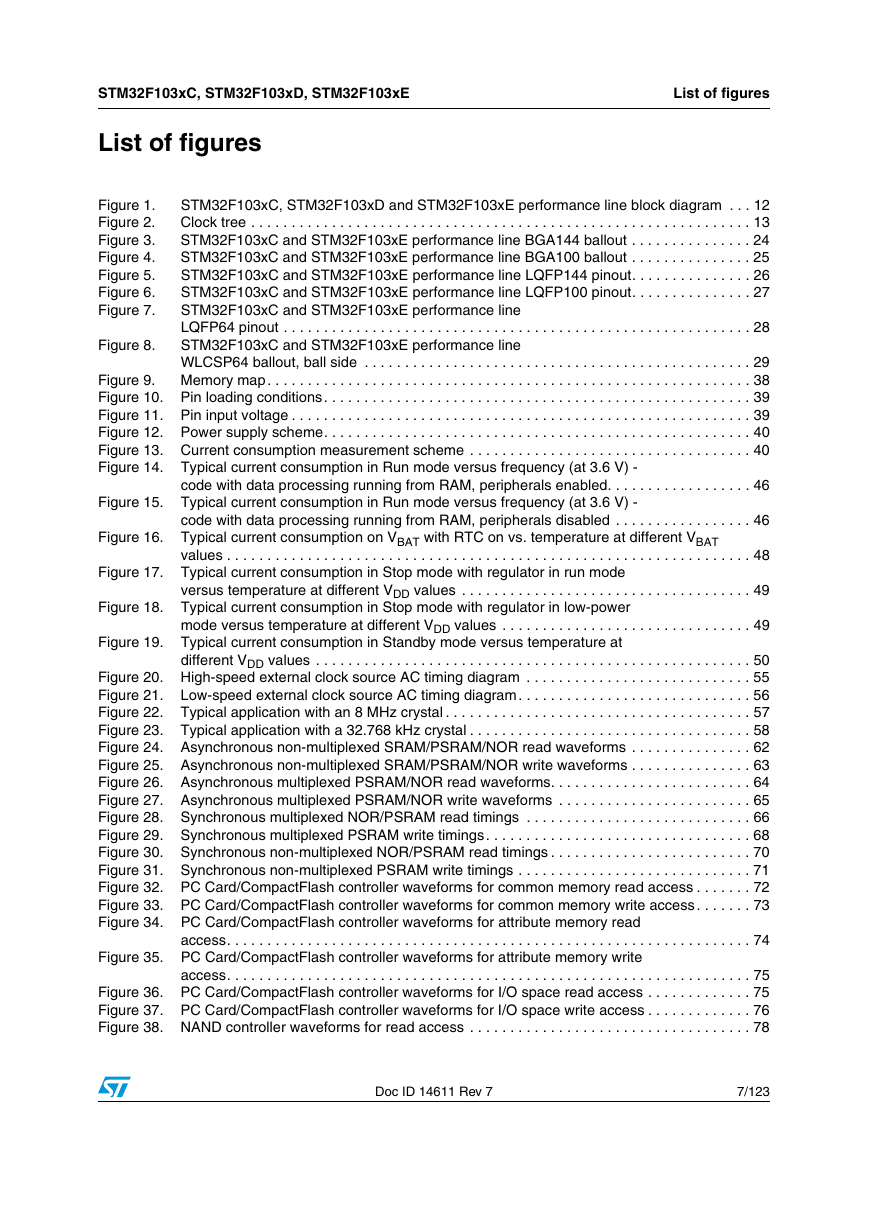
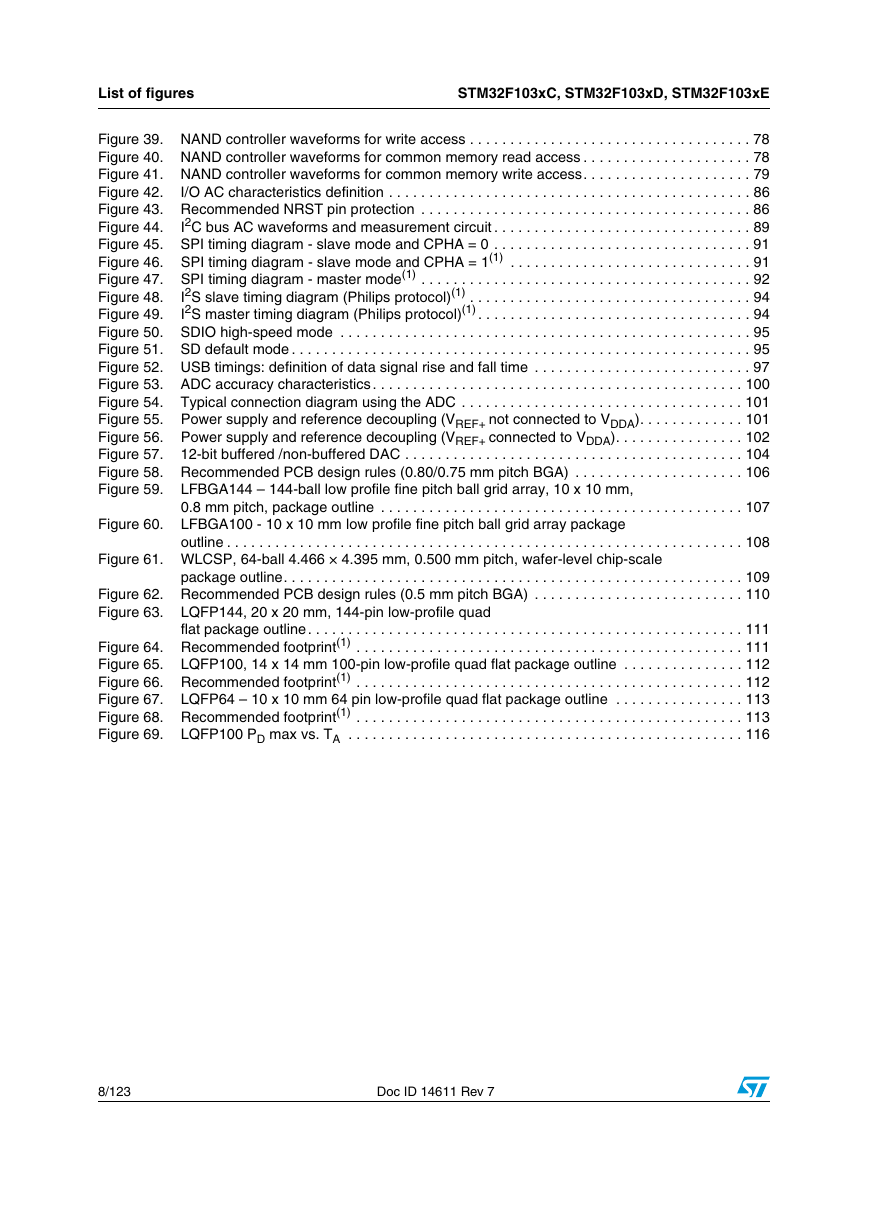








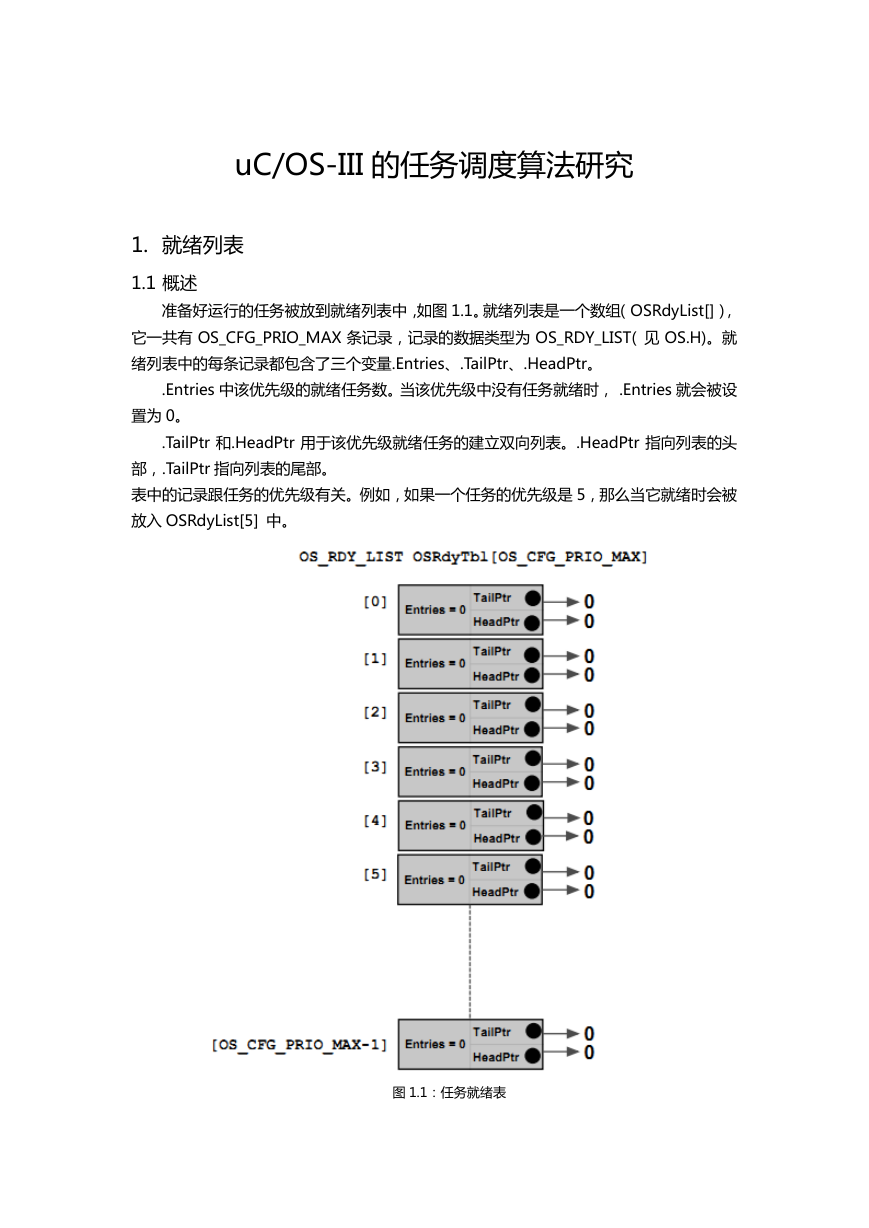 uCOS-III的任务调度算法研究.pdf
uCOS-III的任务调度算法研究.pdf STM32F103x8B_DS_CH_V10(7STM32中文数据手册).pdf
STM32F103x8B_DS_CH_V10(7STM32中文数据手册).pdf FX2N系列PLC培训教程.pdf
FX2N系列PLC培训教程.pdf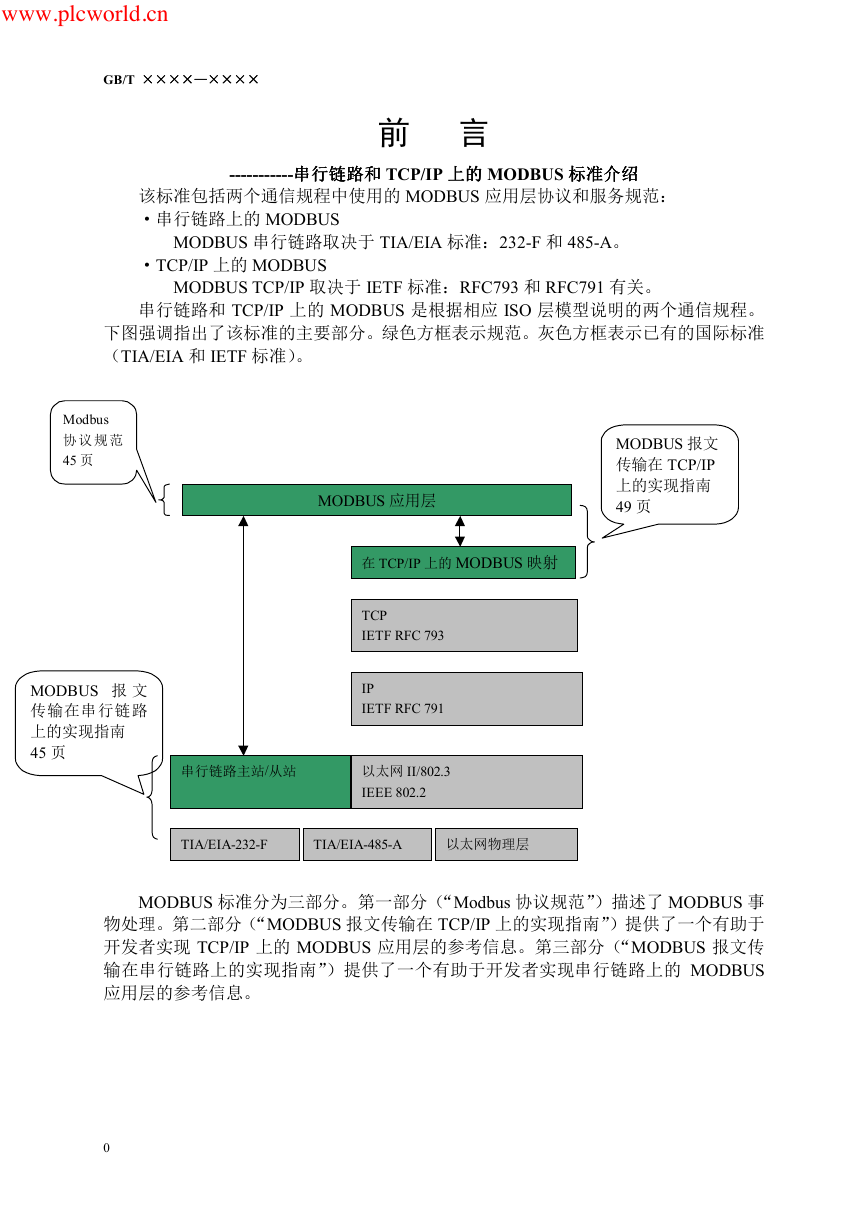 Modbus协议资料.pdf
Modbus协议资料.pdf WM8978中文资料(芯片资料).doc
WM8978中文资料(芯片资料).doc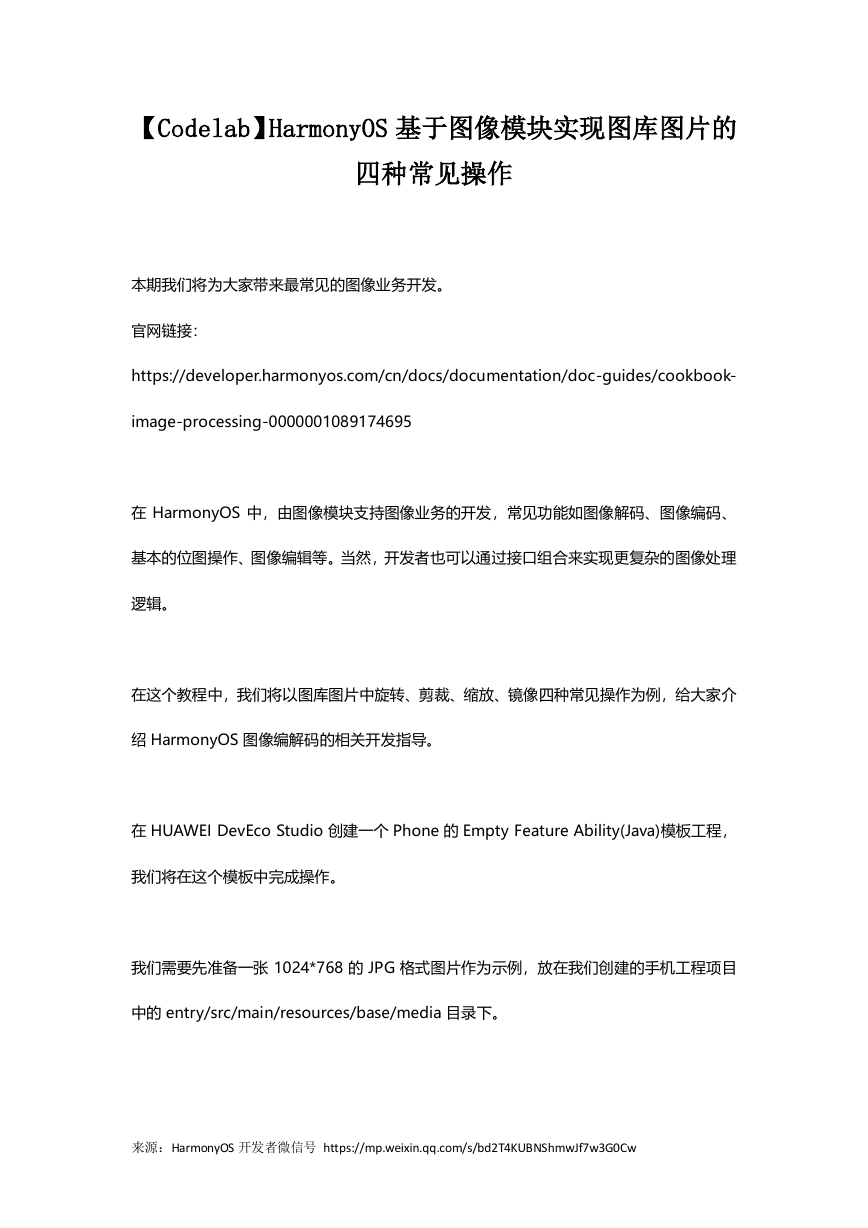 5-1.【Codelab】HarmonyOS基于图像模块实现图库图片的四种常见操作.pdf
5-1.【Codelab】HarmonyOS基于图像模块实现图库图片的四种常见操作.pdf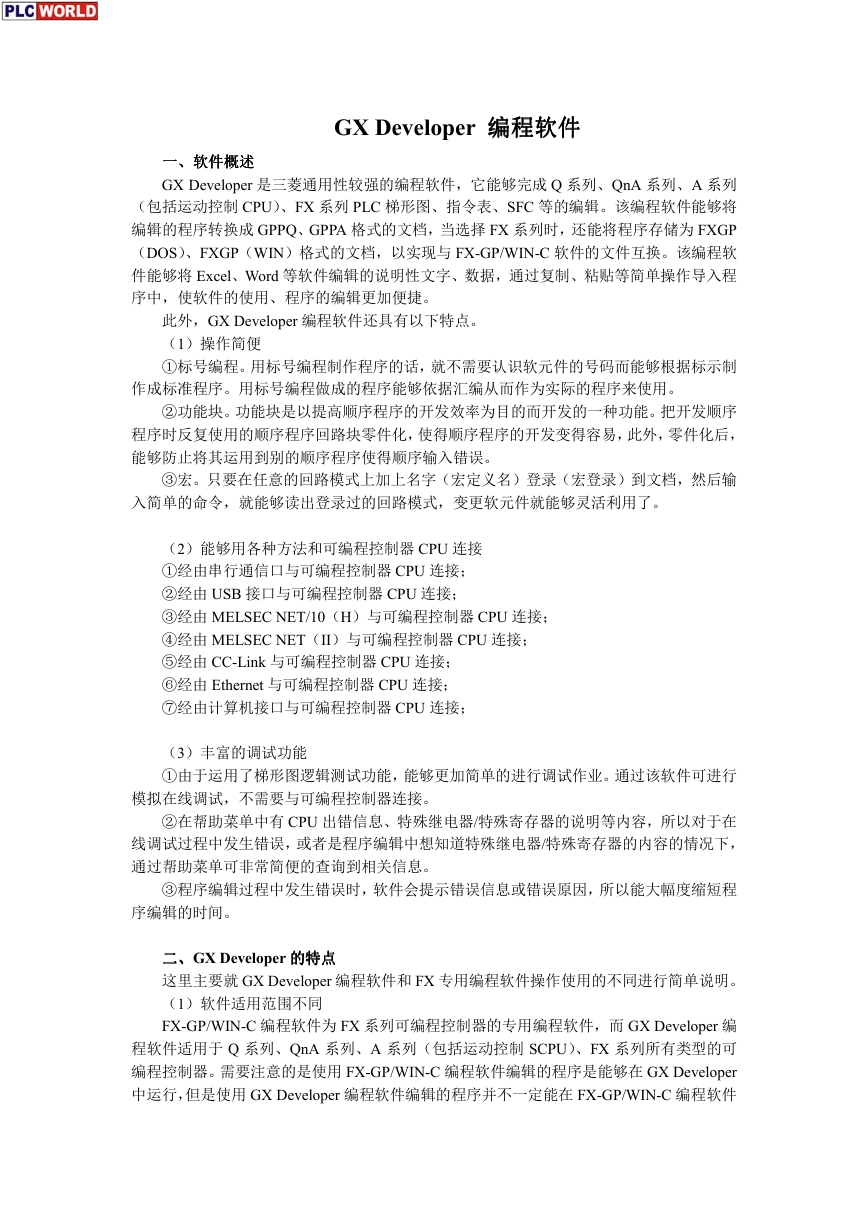 GX Developer 编程软件使用说明.pdf
GX Developer 编程软件使用说明.pdf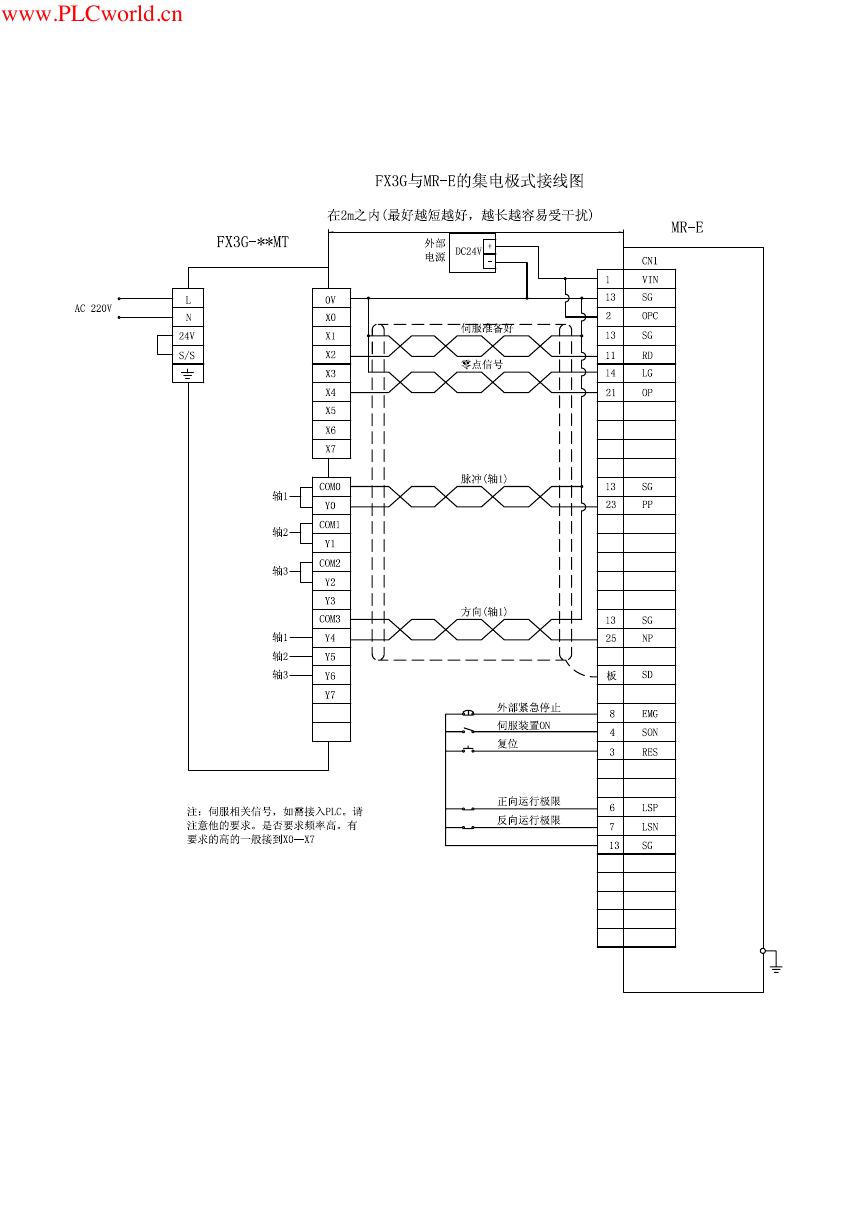 MR-E伺服与FX3G接线图.pdf
MR-E伺服与FX3G接线图.pdf ATK-NEO-6M GPS模块常见问题汇总_201400721.pdf
ATK-NEO-6M GPS模块常见问题汇总_201400721.pdf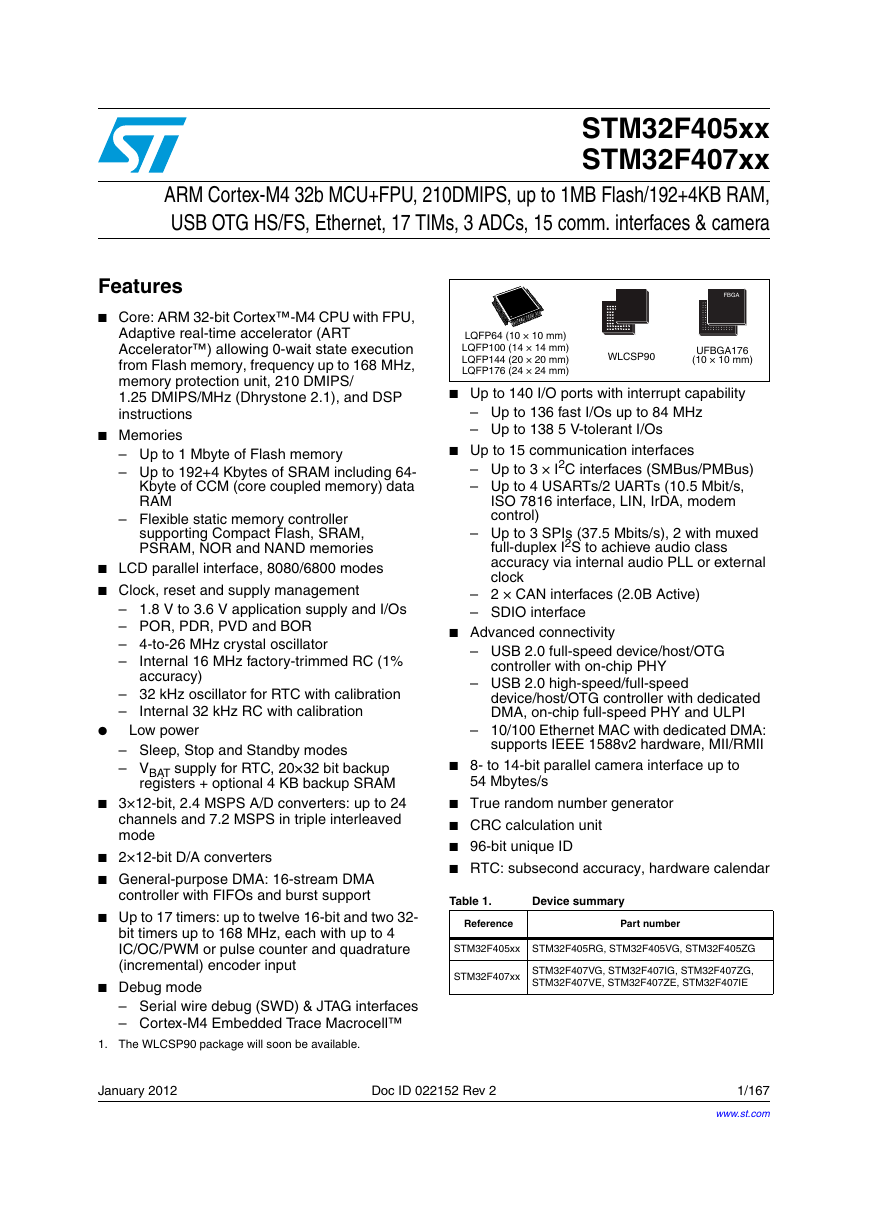 STM32F407ZGT6(芯片资料).pdf
STM32F407ZGT6(芯片资料).pdf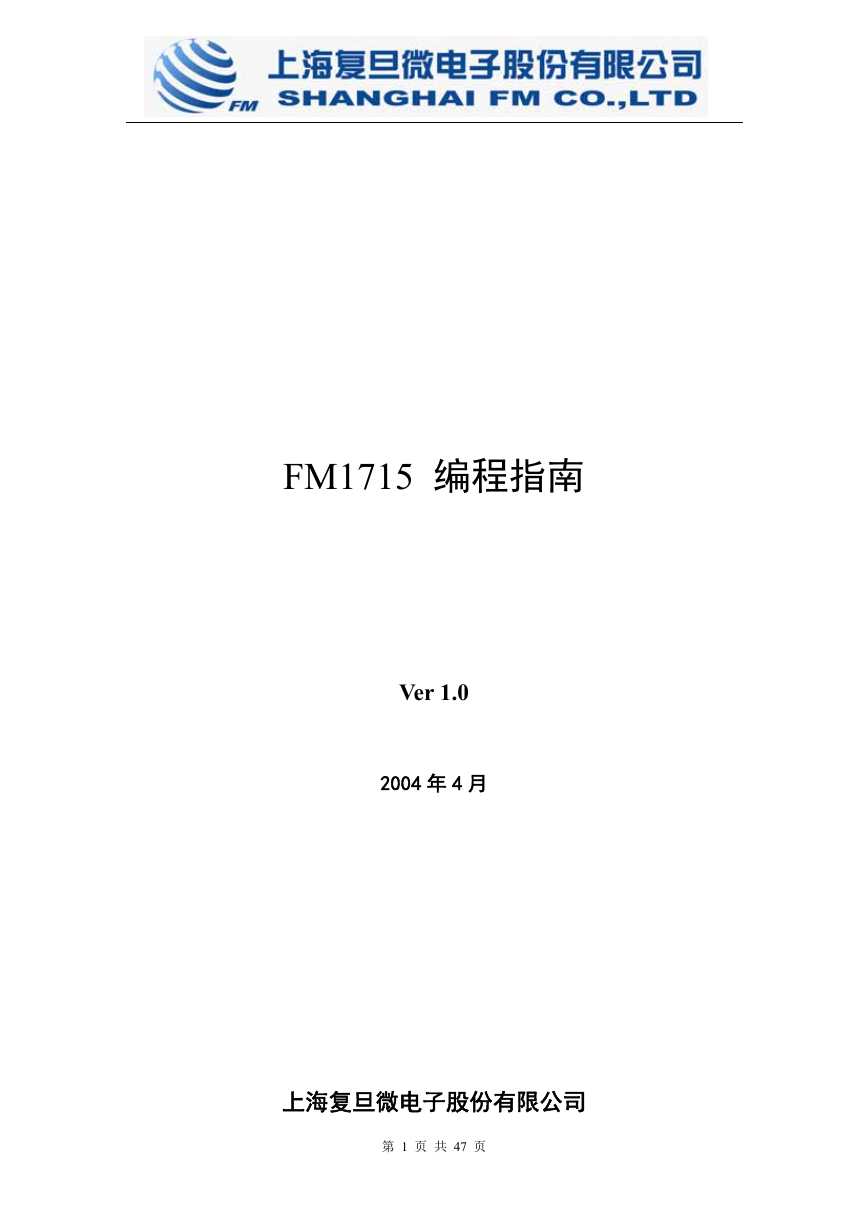 FM1715编程指南.pdf
FM1715编程指南.pdf Profibus教程-7.PROFIBUS-FMS.pdf
Profibus教程-7.PROFIBUS-FMS.pdf